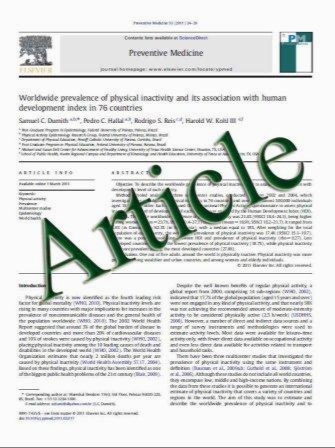Cardiovascular Disease in Asian Indians Living in the United States
- نوع فایل : کتاب
- زبان : انگلیسی
- مؤلف : Jasmine Boparai & Himara Davila & Manisha Chandalia
- چاپ و سال / کشور: 2011
Description
Asian Indians (people originating from the Indian subcontinent) are the largest Asian subgroup in the United States and one of the fastest growing ethnic groups as well, with the population projected to increase to 41 million by 2050. Prevalence of cardiovascular disease is significantly higher in Asian Indians compared to whites living in the United States. Asian Indians have a high risk of premature coronary artery disease and have high mortality from coronary heart disease, especially in the youngest age cohort. The factors for increased cardiovascular risk include the high prevalence of diabetes and insulin resistance, increased truncal fat distribution, and atherogenic lipoprotein profiles. When adjusted for age, sex, and body mass index, Asian Indians have the highest ethnic-specific prevalence of diabetes compared to whites, African Americans, Hispanics, and Native Americans. Among the lifestyle risk factors, prevalence of leisure time physical inactivity is reported to be higher among Asian Indians, and rates of smoking, obesity, and binge drinking are much lower compared to European populations. With the increasing affluence of Asian Indians living in United States and decreasing work-related physical activity, the lack of leisure time physical activity may become a major contributor to metabolic abnormalities in this population. The presence of excess insulin resistance, dyslipidemia, metabolic syndrome, and lower plasma adiponectin concentration at lower total body fat in Asian Indians points to adipose tissue dysfunction. Although there is a public health need for early assessment of cardiovascular risk factors in this high-risk cohort and aggressive intervention to modify these factors with development of culturally tailored interventions to promote leisure time physical activity and healthy dietary habits, further research to identify targets for early diagnosis and intervention other than traditional approaches is warranted.
Curr Cardiovasc Risk Rep (2011) 5:240–245 DOI 10.1007/s12170-011-0171-7 Published online: 7 April 2011


